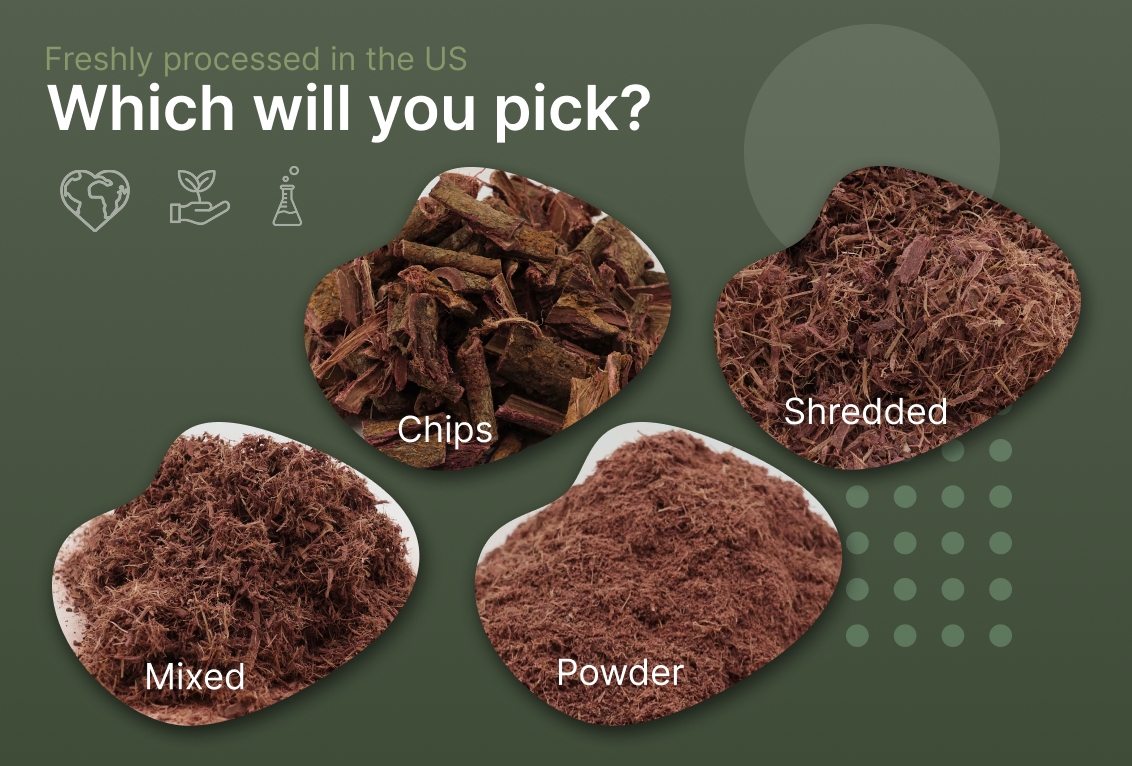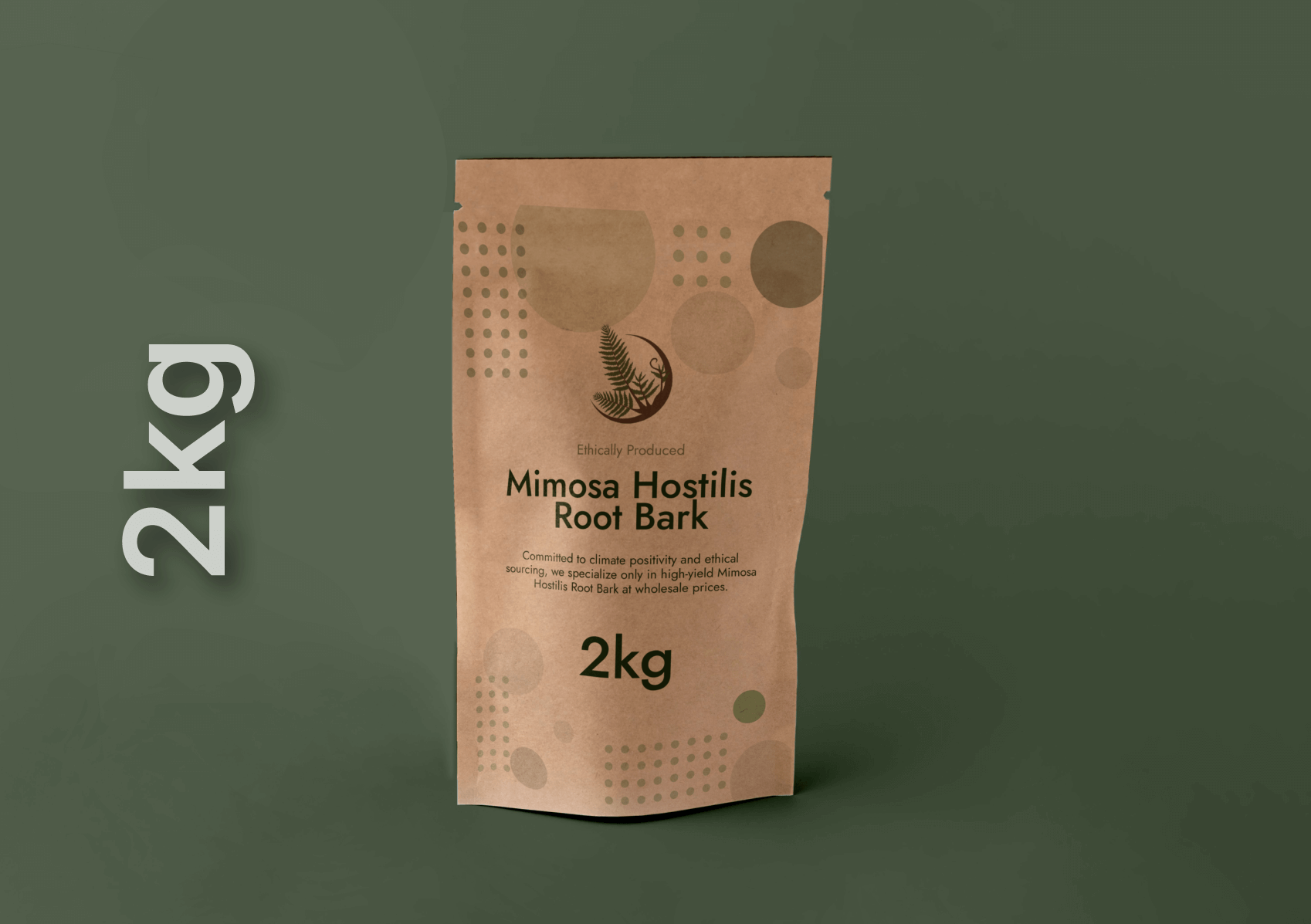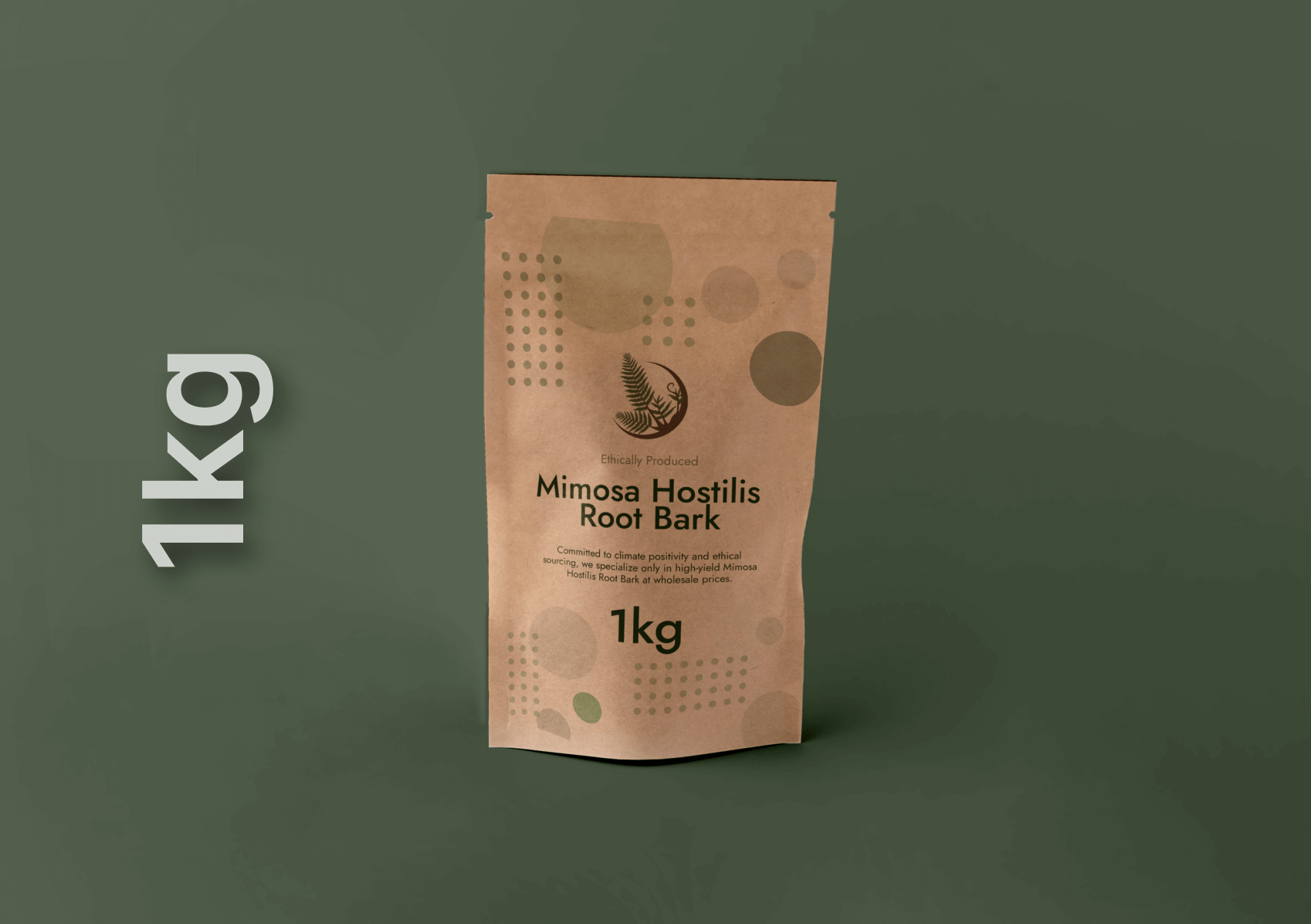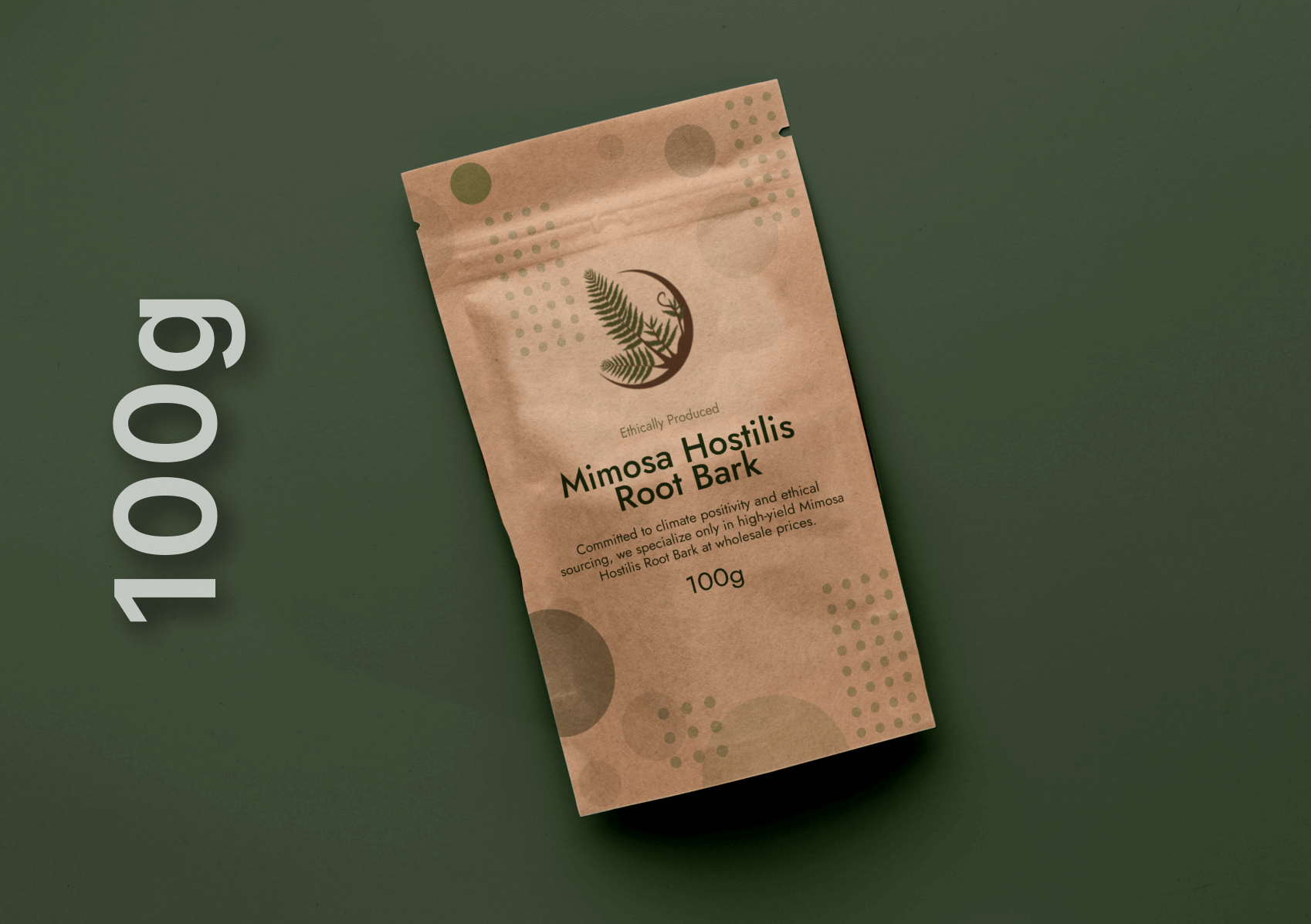Filtering Mimosa hostilis extract to achieve a clean, vibrant dye requires precision, technique, and attention to detail. Whether you’re using it for textiles, natural pigment extraction, or any other artistic or craft-related purpose, the purification process plays a vital role in producing high-quality results. This comprehensive guide will walk you through every step necessary to create a pure, contaminant-free dye using Mimosa hostilis root bar
Understanding the Importance of Filtering Mimosa Hostilis Extract
The Mimosa hostilis root bark contains a rich concentration of tannins and natural dye compounds, most notably a deep purple-reddish color when processed correctly. However, the raw extract often includes plant residues, fats, waxes, and unwanted particulates that can muddy the color and reduce the dye’s stability or vibrancy.
Proper filtration ensures that:
-
The dye retains its natural vibrancy
-
It remains stable in solution
-
There’s minimal residue or unwanted sediment
-
Textile binding is consistent and long-lasting
Materials Needed for Filtering Mimosa Hostilis Extract
To filter the extract effectively, gather the following equipment and supplies:
-
Fine mesh strainer or cheesecloth
-
Glass containers (heat-resistant)
-
Unbleached coffee filters or lab-grade filter paper
-
Borosilicate funnel and filter stand
-
Distilled water
-
Ethanol or acid-base solution (if extracting with solvents)
-
Double boiler or gentle heat source
-
pH meter or pH strips
-
Protective gloves and goggles
Extraction Preparation: Creating the Initial Mimosa Hostilis Dye
Step 1: Powdering the Root Bark
Ensure the Mimosa hostilis inner root bark is finely powdered. This increases surface area and extraction efficiency. Use a blender or grinder rated for plant material.
Step 2: Solvent Selection
You can extract dye compounds using:
-
Water (for fabric dyeing)
-
Acidified water (with vinegar or lemon juice)
-
Ethanol or alcohol-based solvents (for pigment extraction or non-textile use)
Choose based on your application. For most fabric dyes, acidified water yields better color depth.
Step 3: Simmering
Place the powdered bark into your container and add the solvent. Simmer gently (do not boil) for 1–3 hours while stirring occasionally. The mixture will turn a deep reddish-brown or purplish hue.
Primary Filtration: Removing Coarse Particulates
Step 4: First Strain Using Mesh
Pour the mixture through a fine mesh strainer or cheesecloth to remove bark fragments and fibrous material. Do this while the liquid is still warm to prevent gelling.
Step 5: Gravity Filtration with Coffee Filter
Set up a funnel over a glass container and insert an unbleached coffee filter or filter paper. Slowly pour the strained liquid into the filter. This step may take time but is crucial to remove finer particles.
Pro tip: Change filters when they clog to keep the flow consistent.
Secondary Filtration: Enhancing Purity and Clarity
Step 6: Cold Settling
Place the strained solution in a clean container and refrigerate it for 12–24 hours. This allows micro-particles and fats to settle at the bottom.
Carefully decant the top layer into another container, leaving the sediment behind.
Step 7: Optional Activated Charcoal Treatment
For ultra-clear dye, add a small amount of activated charcoal, stir gently, and let it sit for 1 hour. Then repeat the gravity filtration process. This removes oils, residual tannins, and excess pigment for a cleaner tone.
Note: This may slightly alter color intensity but improves dye clarity.
Advanced Techniques for Filtering Alcohol or Acid-Based Extracts
Step 8: pH Adjustment
If using an acid-base method:
-
Keep pH around 3–4 during extraction for best pigment release
-
After extraction, neutralize to pH 6–7 using sodium carbonate (for non-fabric use) before final filtration
Step 9: Solvent Recovery and Filtration
If you’ve used ethanol:
-
Evaporate excess alcohol via a double boiler
-
Filter the concentrated extract using lab-grade filter paper
-
Optionally, distill and reuse ethanol for future batches
Drying the Extract (Optional Step)
Step 10: Creating a Concentrated Dye Powder
If long-term storage is needed:
-
Pour your filtered dye solution into a shallow glass tray
-
Allow it to evaporate in a ventilated, low-humidity area
-
Scrape up the dried residue — this becomes your concentrated dye powder
Best Practices for Clean Dye Results
Use Distilled Water Only
Tap water introduces impurities like chlorine, calcium, and magnesium, affecting dye quality.
Filter Multiple Times
Two or even three rounds of gravity filtration ensure clarity. Don’t rush the process.
Use Glass or Stainless Steel Containers
Avoid plastic containers, as they can react with acidic or alcoholic solutions and leach unwanted chemicals.
Label and Store Properly
Store your filtered extract in dark glass bottles away from light and heat. Label the batch with the date, method, and solvent used.
Common Issues and How to Fix Them
Cloudy Dye
-
Cause: Incomplete filtration or excessive tannins
-
Fix: Re-filter using finer paper or add activated charcoal
Color Fading
-
Cause: pH imbalance or exposure to light
-
Fix: Adjust pH during extraction, store in dark bottles
Residue in Final Dye
-
Cause: Rushed filtering or poor settling
-
Fix: Cold settling overnight and double filtration
Applications of Filtered Mimosa Hostilis Dye
Filtered dye from Mimosa hostilis is versatile and can be used for:
-
Natural fabric dyeing (cotton, silk, wool)
-
Botanical ink creation
-
Paint pigments and natural tints
-
Cosmetic colorants (must be highly filtered and skin-safe)
Safety Notes and Disposal
-
Always work in a well-ventilated area
-
Wear gloves and goggles when using solvents
-
Do not dispose of solvent-laced material down the drain; follow local hazardous waste guidelines
Conclusion
Filtering Mimosa hostilis extract into a clean, rich dye involves careful planning, the right materials, and patience. From initial extraction to fine filtration and optional drying, each step enhances the purity and usability of your natural dye. Following this comprehensive guide will give you professional-grade results for any dye-based application.




